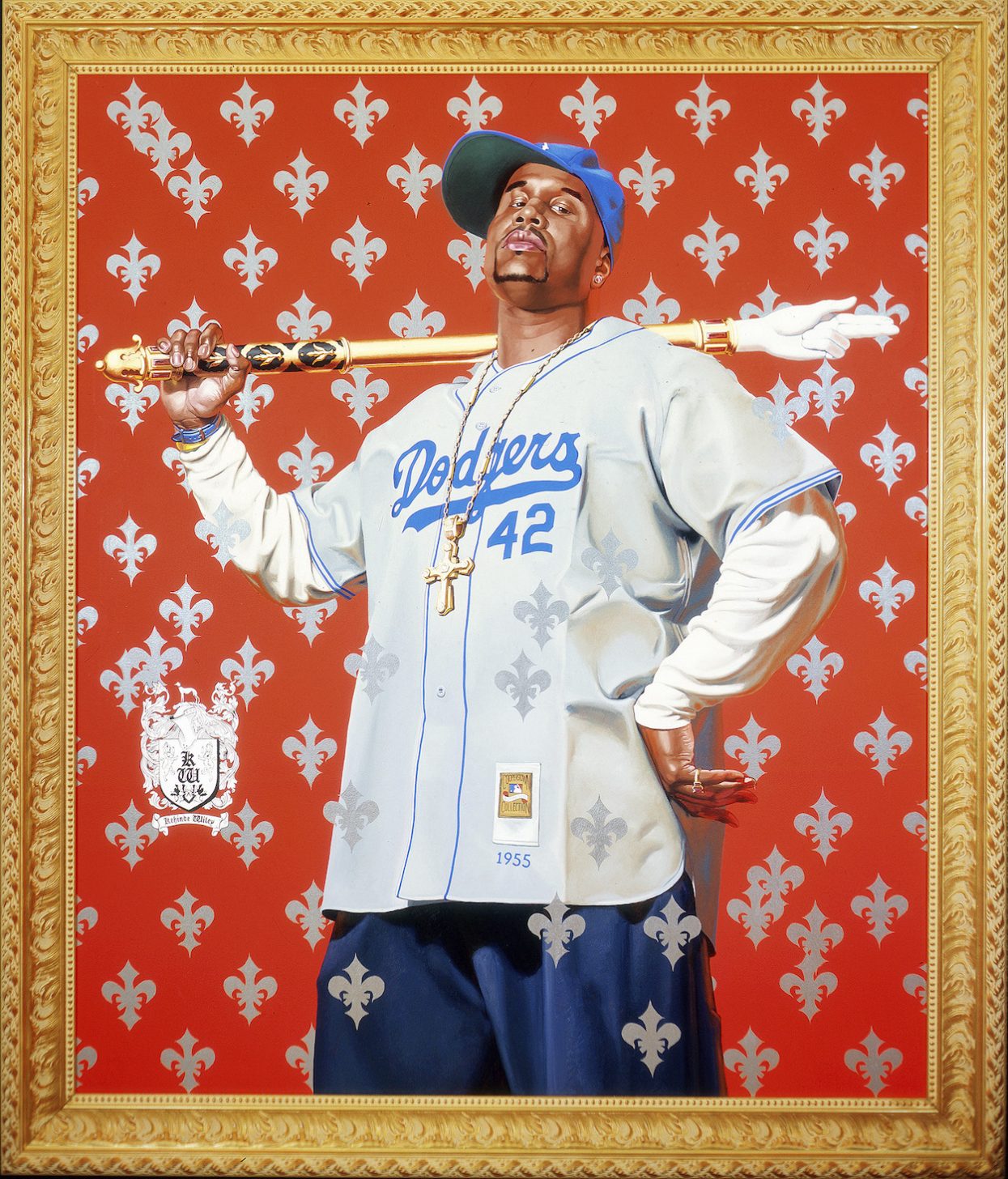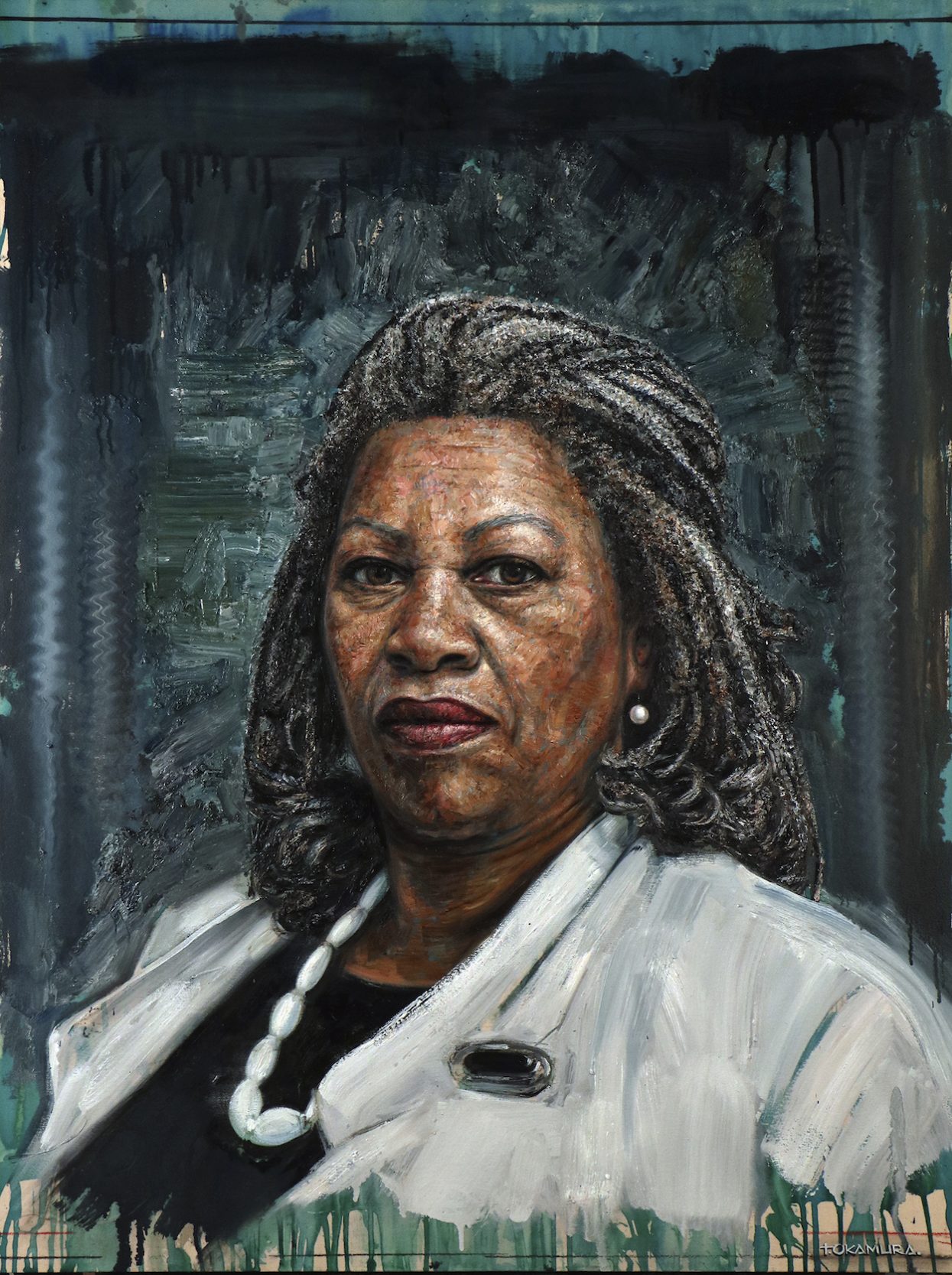Spike Lee’s presence can be seen, felt, and heard throughout Brooklyn, where the director, screenwriter, and actor spent many of his formative years: after living in Crown Heights, the Lees were the first Black family to move to the largely Italian-American enclave of Cobble Hill. The borough’s stately brownstones and chalk-drawn sidewalks became honorary characters in a multitude of his films—She’s Gotta Have It (1986), Do the Right Thing (1989), Crooklyn (1994)—that have become defining artifacts of youth culture, race relations, and social issues shaping Black American life. “I grew up here, it’s my home,” Lee once said. “It developed who I am and what I’ve become.” He once joked that he had collected enough ephemera to fill up an exhibition at the Brooklyn Museum.
He wasn’t exaggerating. “Spike Lee: Creative Sources,” opening there today, offers a rare look inside the manifold people, places, and ideas that inspired Lee’s incisive storytelling. Distilling his inspirations into an arc of 400 objects is no small feat, but curators Kimberli Grant and Indira A. Abiskaroon were up to the challenge, assisting Lee in donating historical photographs, album covers, movie posters, costumes, cultural artifacts, and film memorabilia that encapsulate his resounding influence on the landscape of cinema. Among the highlights: an African National Congress flag signed by Winnie and Nelson Mandela, tennis rackets belonging to Arthur Ashe and Serena Williams, and Prince’s “Love Symbol” guitar.



